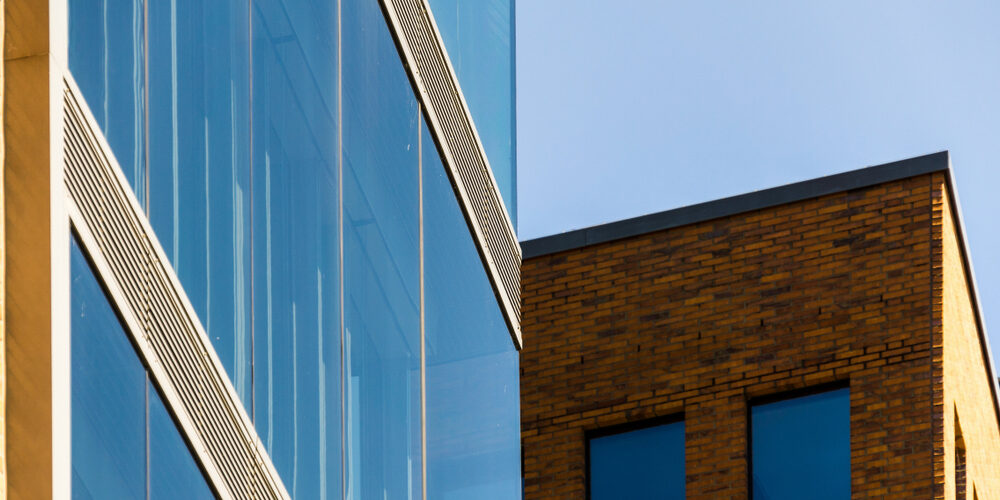Yes, window tint does block heat. Window tints are designed to reduce the amount of solar heat (infrared radiation) transmitted through glass windows, thereby helping to lower indoor temperatures and increase comfort levels.
This is achieved through various methods depending on the type of tint…
1. Reflective Tints
These tints work by reflecting a portion of the solar spectrum outside, preventing heat from entering the room. They are particularly effective against infrared radiation, which is a major component of the sun’s heat.
2. Absorptive Tints
Absorptive window tints absorb a significant amount of solar radiation, including heat, before it can be transmitted indoors. While they do a good job of reducing heat entry, these tints can themselves become warm and may slightly increase the temperature of the window glass.
3. Ceramic and Metallic Films
These advanced types of window tints can block a significant amount of heat without requiring the film to be as dark or reflective as traditional tints. Ceramic and metallic films are known for their high heat rejection capabilities due to their ability to reflect and absorb infrared radiation.
4. Low-Emissivity (Low-E) Films
Low-E films are designed to reflect infrared heat into the room during colder months while also reflecting outside heat away during warmer months, making them an excellent option for year-round thermal comfort and energy efficiency.
Benefits of Heat-Blocking Window Tint
- Reduced Cooling Costs – By blocking heat entry, window tints can help reduce the reliance on air conditioning, leading to lower energy bills.
- Increased Comfort – Window tint can help eliminate hot spots and reduce overall indoor temperatures for a more comfortable living environment.
- Protection from UV Rays – Many window tints also block ultraviolet (UV) light, protecting against fading of furniture, carpets, and artworks.
Considerations
- Natural Light – Some tints, especially those that are highly reflective or absorptive, can reduce the amount of natural light entering through windows. It’s vital to balance heat reduction with the desired level of indoor natural lighting.
- Window Type – Special consideration should be given when applying tint to certain types of windows, such as double-pane glass, to avoid potential issues like thermal stress.
In summary, window tint is an effective solution for blocking heat from the sun, enhancing indoor comfort, and improving energy efficiency. Choosing the right type of window film can help you achieve the desired balance between heat control, natural light, and aesthetic preferences.






